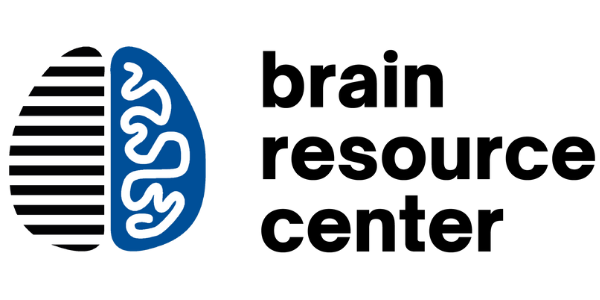
TOURETTE SYNDROME TREATMENT
WHAT IS TOURETTE SYNDROME?
Tourette Syndrome (also known as Tourette’s), is a neurological disorder characterized by repeated and involuntary body movements or sounds (tics) that begin before the age of 18. Tourette’s is more likely to be diagnosed in boys than girls.
Tics can vary in type, frequency, and severity; they are typically classified as simple or complex. Simple tics are sudden, brief, repetitive movements or vocalizations that utilizes very few muscle groups. On the other hand, complex tics are coordinated, patterns of movements or vocalizations that involves the use of several muscle groups.
Those who are diagnosed with Tourette’s are often diagnosed with another co-occurring condition/disorder. Although there is no “cure” for Tourette Syndrome, there are many interventions available, such as neurofeedback, that can help manage or reduce symptoms of Tourette’s and co-occurring conditions.
Simple tics
eye blinking / eye movements
head jerking
throat clearing
grunting
Tourette Syndrome Symptoms
Complex tics
sniffing / touching objects
hopping / jumping
repeating words/phrases
combinations of movements and sounds
Other symptoms
irritability / emotional distress
hyperactivity
trouble with concentration
learning difficulties
Neurofeedback Therapy for Tourette Syndrome
Brain Resource Center offers neurofeedback, which can analyze brain patterns, and retrain the brain to function in an ideal manner. Neurofeedback has been shown to reduce tics, and increase cognitive performance. The supplementary motor is associated with the tics that someone with Tourette’s would experience. Neurofeedback can specifically target this area of the brain during training, and over time, permanently change brain activity.
How does Neurofeedback work?
-

1. Brain map
Brainwave assessment identifies imbalances and helps to create a personalized treatment plan.
-

2. Treatment setup
Non-invasive sensors and headphones are placed on your head and the treatment session begins.
-

3. Brain activation
Software translates your brainwave data and stops or starts audio/visual media based on your brain activity.
-

4. Conditioning
In response to the audio/visual feedback, your brain adapts and learns to regulate your brainwaves and build new, healthy neural pathways.
-

5. Brain Training
Over time with continuous brain training, healthy brain activity in target regions increases, and symptom-associated activity decreases.
Ready to start the process?
Step 1: Schedule an intake appointment.
This initial session is a time for you to meet with our clinical psychologist, Dr. Fallahpour, to discuss your medical history, symptoms, goals, circumstances, etc. Click the button below or call us directly at 212-877-2130 to inquire for more information or schedule your intake appointment.
Step 2: Complete brain assessments.
After your intake session with Dr. Fallahpour, we recommend that you complete a qEEG brain map and neuropsychological screening. This provides us a more objective understanding of what is happening in your brain and which issues we need to focus on treating.
Step 3: Start treatment sessions.
After reviewing the results of your brain assessments, Dr. Fallahpour will design a personalized treatment plan for you. Then you will be able to start treatment sessions in office or remotely if eligible. Click here to learn more about our treatment options.


